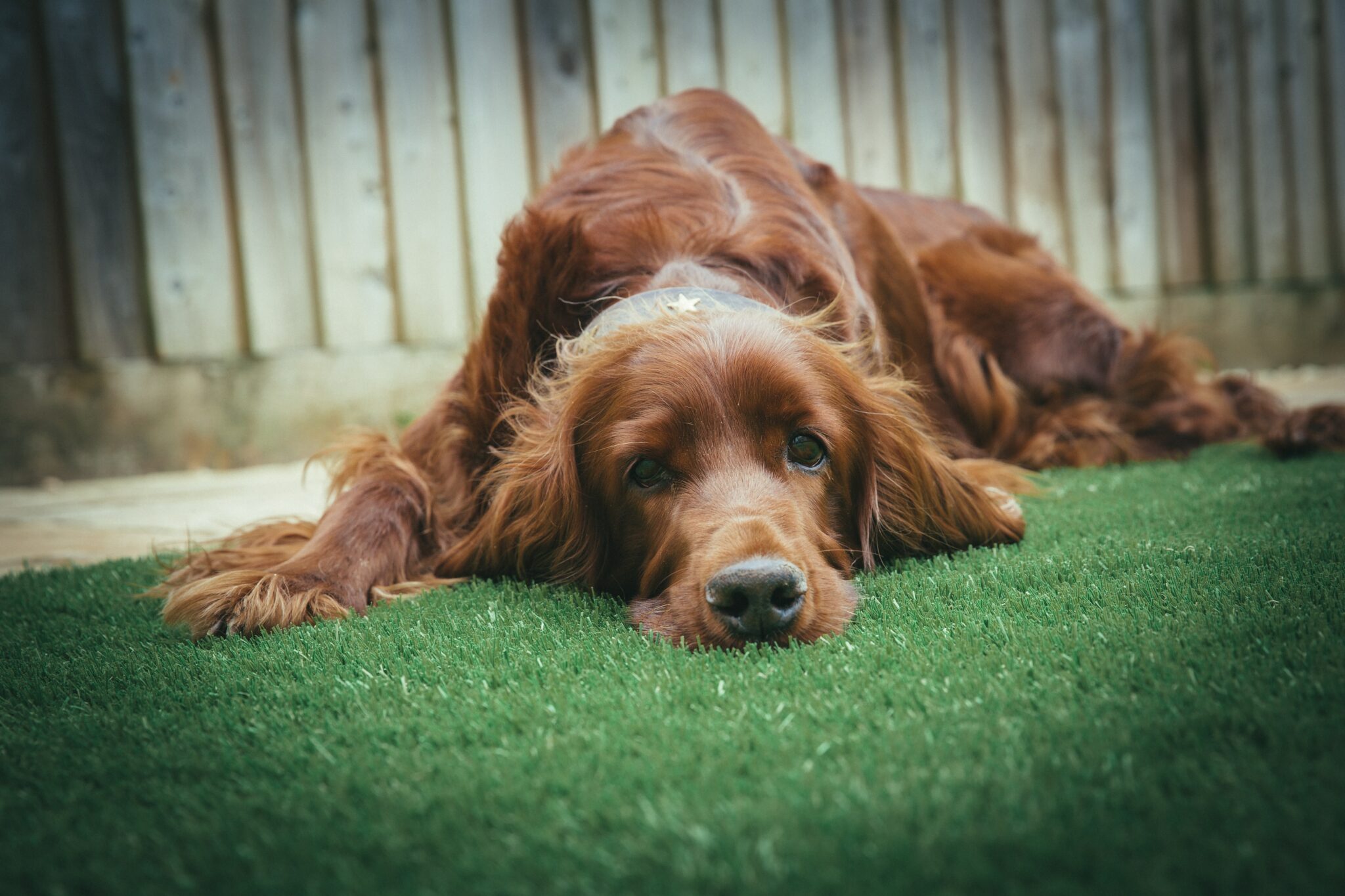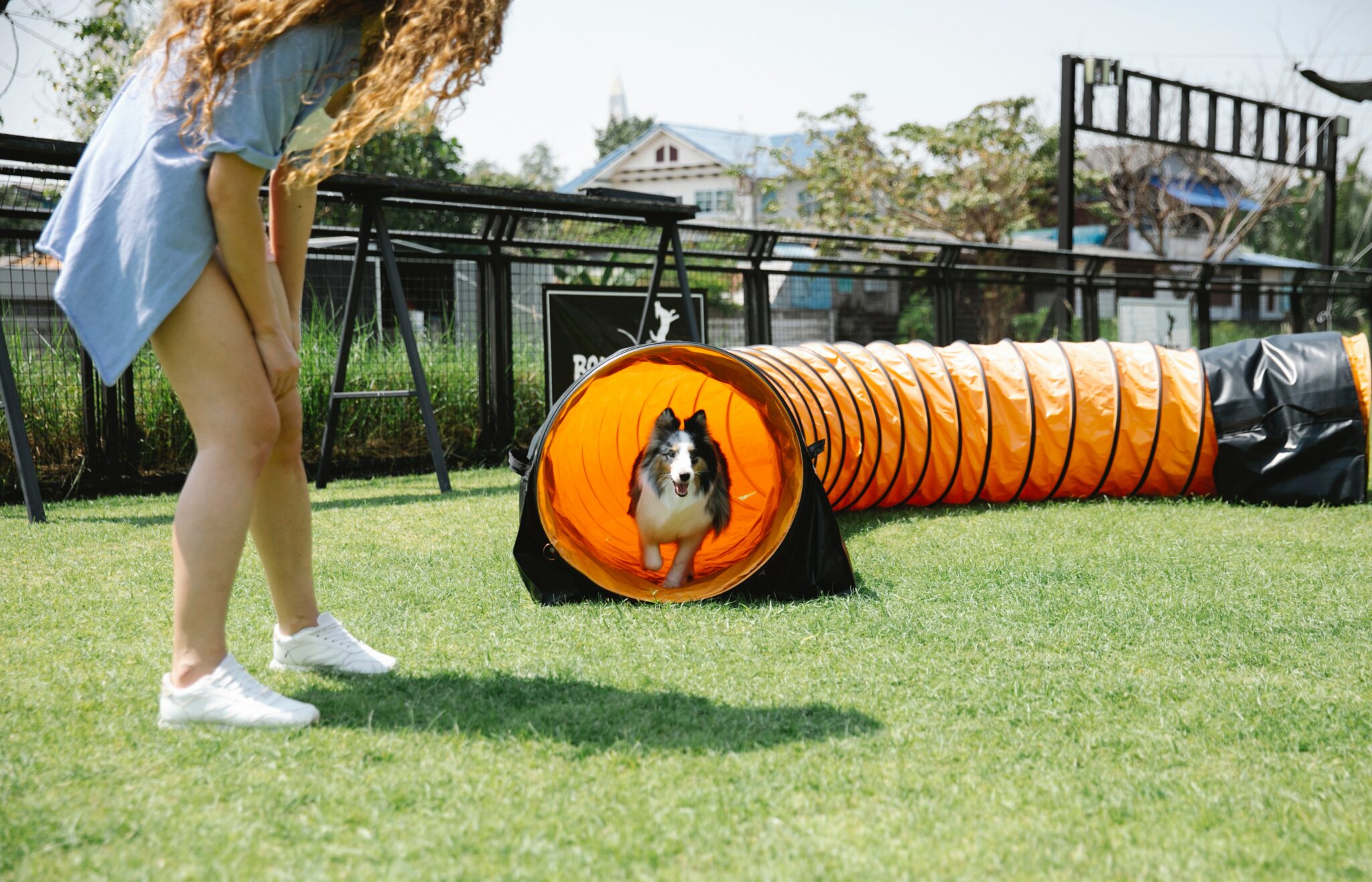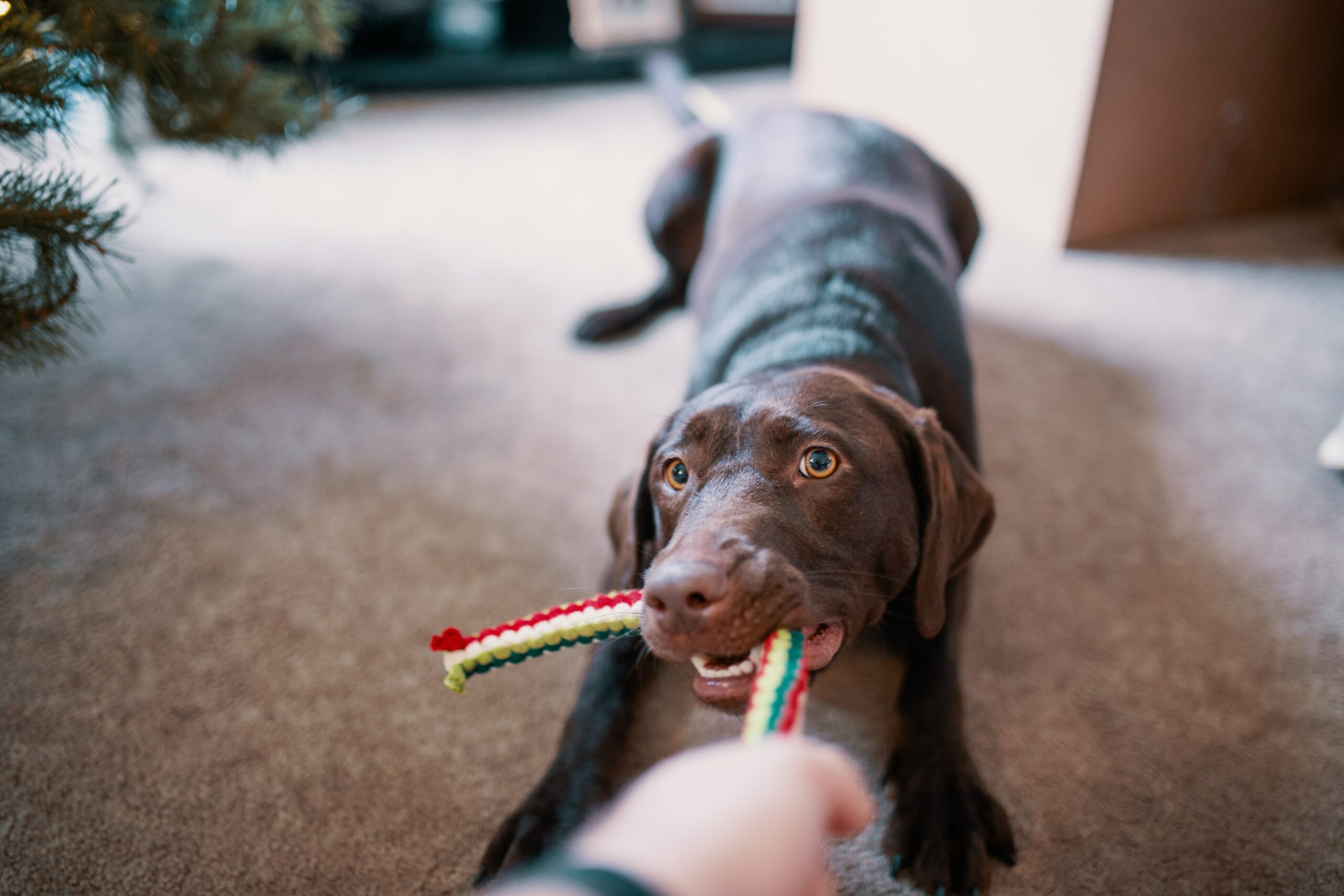How to Fix Your Dog’s Separation Anxiety
As much as we love our dogs, it can be challenging when they experience separation anxiety. Separation anxiety in dogs can manifest itself in many different ways, such as excessive barking, destructive behaviour, or even self-harm. The good news is that there are several things you can do to help your dog cope with being alone. In this article, we will discuss the causes of separation anxiety in dogs and provide some tips on how to fix separation anxiety through quality dog training.

What is Separation Anxiety in Dogs?
Separation anxiety is a behavioural disorder that occurs when dogs become anxious or distressed when left alone. It is a common problem that affects many dogs and can cause them to become destructive, bark excessively, and exhibit other unwanted behaviours.
Signs of Separation Anxiety in Dogs
If you suspect that your dog may have separation anxiety, here are some common signs to look out for:
- Excessive barking or howling
- Destructive behaviour (e.g., chewing on furniture, digging, scratching)
- Pacing or restlessness
- Urinating or defecating in the house
- Attempting to escape
- Loss of appetite
Causes of Separation Anxiety in Dogs
The causes of separation anxiety in dogs are not fully understood, but several factors may contribute to the development of this condition. These include:
- Early separation from their mother or littermates
- Trauma or abuse
- Changes in the household (e.g., moving or a new family member)
- Lack of exercise or mental stimulation
- Genetic predisposition

How to Fix Your Dog’s Separation Anxiety
If your dog has separation anxiety, it’s essential to address the issue before it worsens. Here are some tips on how to fix your dog’s separation anxiety:
Gradually Increase Alone Time
Start by leaving your dog alone for short periods and gradually increasing the time you are away. This will help your dog get used to being alone and reduce their anxiety. One way of helping your dog through these periods of alone time is providing them with a unique treat or toy that they only get when you’re gone. Providing your dog with something enjoyable when you leave will allow them to better associate alone time with something positive.
Create a Safe Space
Provide your dog with a safe space, such as a room with a bed, toys, and water. This will give your dog a sense of security and comfort when you’re not around. It’s important to choose a quiet area of the home that your dog can quickly and easily access, allowing them to retreat there as soon as they start to feel anxious.
Exercise and Mental Stimulation
Make sure your dog gets enough exercise and mental stimulation. A tired dog is less likely to become anxious when left alone. On top of frequently exercising your dog, it’s a great idea to mix up their exercise routine to keep things fresh. This could include taking your dog for a hike, joining a local dog socialisation group, or taking them to the beach for a swim. Dog owners that might be struggling to find time to walk their pets each day should consider hiring a local dog walker.
Calming Aids
Consider using calming aids, such as pheromone sprays, calming collars, or supplements. These products can help reduce anxiety and promote relaxation. Separation anxiety in puppies can be eased by bringing home a blanket or something similar that smells like their mother, facilitating a smoother transition to a new home.
Desensitisation Training
Desensitisation training involves exposing your dog to the things that trigger their anxiety, such as putting on your coat or picking up your keys and then gradually increasing the intensity and duration of the exposure. This can help your dog get used to these triggers and reduce their anxiety.
Seek Professional Help
If your dog’s separation anxiety is severe or does not improve with these methods, consider seeking professional help from a veterinarian or a certified dog behaviourist. The team at Allbreeds is well equipped to help you with all of your Perth dog training needs.

Frequently Asked Questions
Can separation anxiety in dogs be cured?
While there is no cure for separation anxiety, there are ways to manage and reduce its symptoms. With patience and consistent training, many dogs can learn to cope with being alone.
How long does it take to fix separation anxiety in dogs?
The time it takes to fix separation anxiety in dogs varies depending on the severity of the condition and the individual dog’s temperament. It may take weeks or months of consistent training and management to see improvement.
Are there any medications that can help with separation anxiety in dogs?
There are medications available that can help reduce anxiety in dogs, such as anti-anxiety medications. However, these should only be used under the guidance of a veterinarian and in conjunction with behavioural correction techniques.
Need assistance with your dog? Contact Allbreeds today to find out how our team of expert dog trainers can help your dog become a happier, more confident version of themselves.

